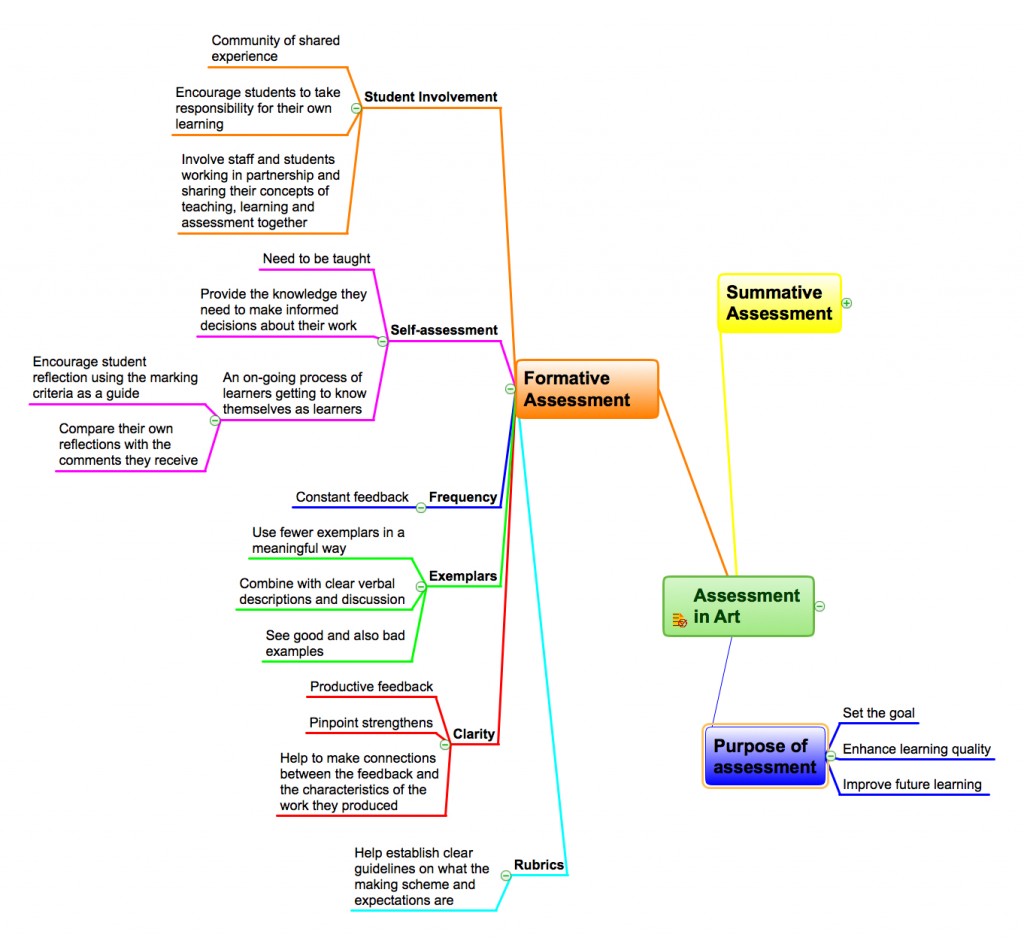On Oct 24th, 2015, I visited the Vancouver Art Gallery with a group of teachers during Pro-D programs. Gallery tour presents the exhibition: the Gund Collection. The main goals of the tour are to consider historical and contemporary artistic traditions and disciplines and examine artists’ approaches to their art in terms of ideas, materials, techniques and inspiration.
This exhibition features a group of historical and contemporary Northwest Coast First Nations art objects, including magnificent nineteenth-century masks, feast bowls, argillite carvings and other objects from across the region. It comprises some nineteen historical works by Haida and other First National artists, as well as important contemporary works: poles by Ken Mowatt and Norman Tait, drawings by Bill Reid and a collection of extraordinary mask works by Robert Davidson. The Gund Collection tells a story of art in their regions.
Robert Davidson is one of Canada’s most important contemporary artists and a leading figure in the renaissance of Haida culture. Born in Hydaburg, Alaska, in 1946, Davidson spent his early years in the Haida community of Old Massett and learned to carve from his father and grandfather who were accomplished Haida carvers. While retaining precise technical traditions of Haida art and the legacy of Haida stories, Davidson has also established a distinct personal style, pushing formline design beyond traditional limits, combining elements in a manner that is at once deeply traditional and very contemporary.
In a major exhibition in 2004, Robert wrote: “My passion is reconnecting with my ancestors’ knowledge. The philosophy is what bred the art, and now the art has become the catalyst for us to explore the philosophy. I feel that, for Haida people, it’s the art that has helped us to reclaim our place—to reclaim our beliefs, mythology and spirituality. Other facets we’re working on are our language and our songs, our dances, our Haida names. What’s exciting for me is to express what the art is all about from my experience…I want the art to be recognized as a high art form. I feel it is up to the artists to bring it into that arena, to challenge the art world’s blinders of ‘curio’ that still define how our art is seen” (Duffek, 2004).
A great artist is able to appreciate his/her root culture and know how to bring their traditional elements back into modern life. Therefore, Robert constantly challenges himself to represent Haida art in different ways. His works builds on both the ancestral art that often incorporates animal figures in totem poles and masks and contemporary, abstract shapes.
Encouraging students to bring their traditional elements into the process of art making is also a part of art education. Making art, encountering art and using art is crucial in understanding how we learn to make sense of the changing world around us. Through art, we could find where we belong. This experience builds the bridge over communities, schools and social groups, links us to cultures across space and time and shapes our cultural identity. Art making is also a process that shapes the way we think, our relationships with others, and how our ideas become action that can make a difference (Sullian, 2011). As Robert wrote in 1993: “Our art has helped us as a people to reconnect with our cultural past, helped us in regaining our own identity, giving us strength to reclaim our place in the world.”
Traditional craft skills, such as caving, weaving, forging and soldering, are in danger of being lost as demand for them falls in the digital age. Robert Davidson, as one of Canada’s most respected craftsmen, was surrounded by fine carving from an early age from both his father and grandfather. He has carried on the family artistic tradition since he was 13 years old. Those skills still hold meaning for us today. They are valuable for our students to learn in our contemporary art class.
When using traditional skills, we literally grasp nature, as Robert used alder, horse hair, shells, stones and feather in his collection. Natural materials electrify our sense of touch and smell, and direct us to contact with nature like no other material pursuit. Furthermore, traditional skills could stretch our creativity and reveal our inner craftsperson. Practicing these skills sharpens the mind and taps our body’s kinesthetic sense. Through mastering traditional skills, our students could have another set of resources to rely on in the wildneress as our natural environment has not changed all that much. So as acquiring skills, students also could gain insight from nature and environmental awareness.
That reminds me of my observation in one art class with 6 students and another film class with 32 students during my school visit, which made me realize the impacts of media education and the need of promoting traditional art with hands-on experiences. Youth already spend so much time on media and electronic equipment. I think we should encourage them to take more courses on working with body, as fine art, drama, dance etc, and highlight the value of traditional handcrafts to our students.
Reference
- Hussain A. (2012). Editor’s Note: Robert Davidson, Haida Artist. Retrieved from: http://jaar.oxfordjournals.org/content/early/2012/10/10/jaarel.lfs085.extract
- Quinn T., Ploof J. and Hochtritt L. (2012). Art and social justice education: Culture as commons. Published by Routledge
 Follow
Follow

